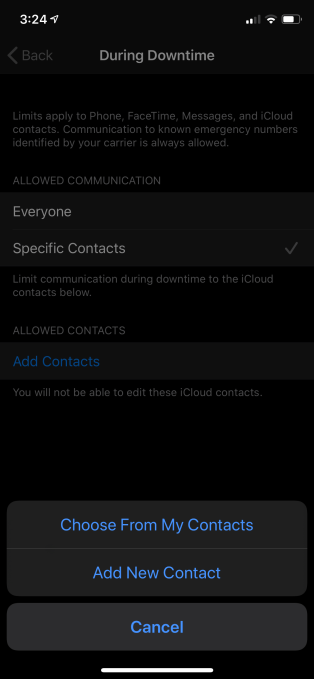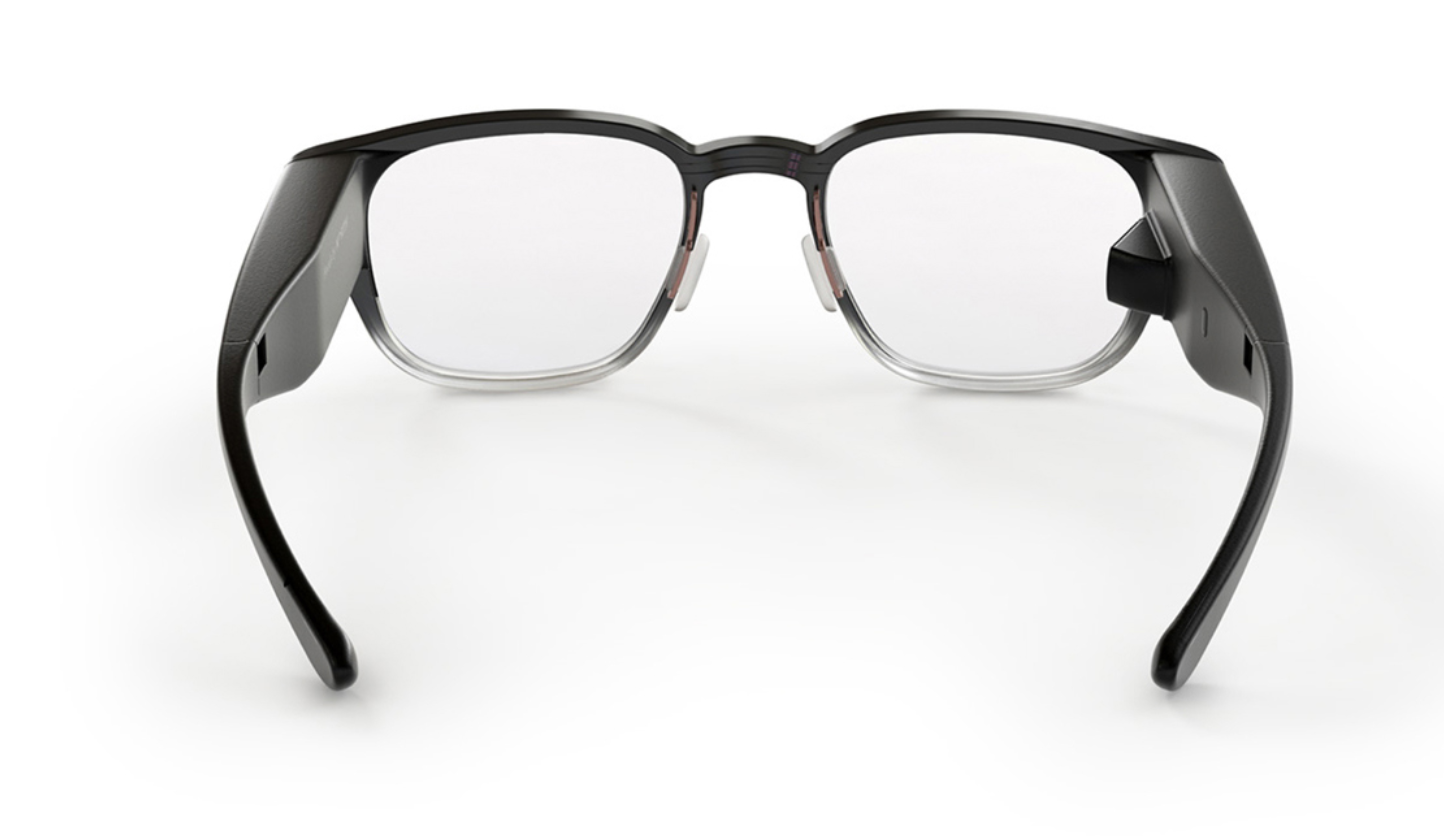The Daily Crunch is TechCrunch’s roundup of our biggest and most important stories. If you’d like to get this delivered to your inbox every day at around 9am Pacific, you can subscribe here.
1. The iPhone’s new parental controls can limit who kids can call, text and FaceTime and when
With the release of iOS 13.3, parents will for the first time be able to set limits over who kids can talk to and text with during certain hours of the day. These limits will apply across phone calls, Messages and FaceTime.
In practice, this means parents could stop their child from texting friends late at night or during the school day. It also allows parents to manage the child’s iCloud contacts remotely.
2. Pear, whose seed-stage bets are followed closely, just raised $160 million for its third fund
That’s more than twice the $75 million that the firm raised for its second fund in 2016 and triple the $50 million it raised for its debut fund back in 2013.
3. Uber guarantees space for skis and snowboards with Uber Ski feature
Starting on December 17 in select cities, an Uber Ski icon will pop up on the app, allowing passengers to order a ride with confirmed extra space or a ski/snowboarding rack. Nundu Janakiram, Uber’s head of rider experience, said to expect more features like this.
4. Accel and Index back Tines, as the cybersecurity startup adds another $11M to its Series A
Founded in February 2018 by ex-eBay, PayPal and DocuSign security engineer Eoin Hinchy, Tines automates many of the repetitive manual tasks faced by security analysts so they can focus on other high-priority work.
5. How Station F is boosting the French tech ecosystem
Three years after unveiling Station F at Disrupt, its director, Roxanne Varza, came back to our stage to provide an update on the world’s biggest startup campus, where there are now 1,000 companies at work.
6. Hyperproof wants to make it easier to comply with GDPR and other regulations
As companies try to figure out how to comply with regulations like GDPR, ISO or Sarbanes Oxley, Hyperproof is launching a new product to workflows that will allow them to gain compliance in a more organized way.
7. Introducing ‘Dear Sophie,’ an advice column for US-bound immigrant employees
Dear Sophie is a collaborative forum hosted by Extra Crunch and curated by Sophie Alcorn, who is certified as a specialist attorney in immigration and nationality law by the State Bar of California Board of Legal Specialization.
from Apple – TechCrunch https://ift.tt/2EaxsOV





 And if this is set up under Screen Time’s Parental Controls, parents get to choose who can contact their children and when and vice versa. During downtime, parents can also designate which particular contacts the child can message and call — like only mom or dad, for example.
And if this is set up under Screen Time’s Parental Controls, parents get to choose who can contact their children and when and vice versa. During downtime, parents can also designate which particular contacts the child can message and call — like only mom or dad, for example.